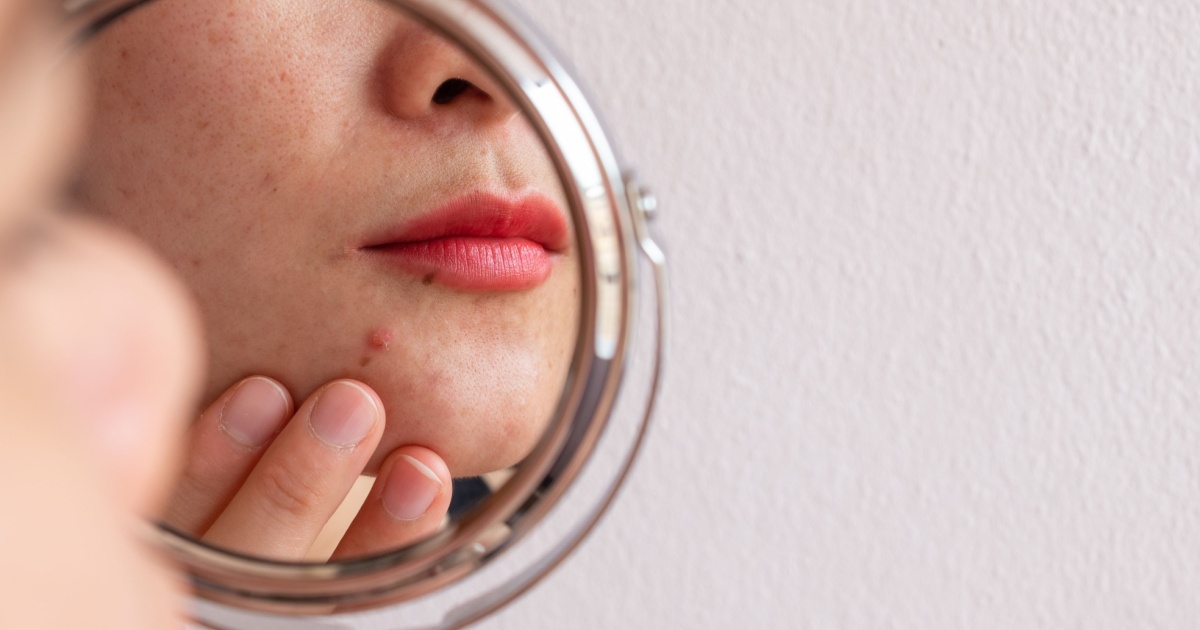The scary part about cancer is that it can appear in unexpected places—or barely appear at all. This was the case for 24-year-old middle school teacher Gibson Miller. The Manhattan resident noticed a little spot underneath her left eye. It looked like a pimple, except it didn’t go away on its own. After a while, Miller visited a dermatologist to check it. She had a bad feeling about the blemish and her intuition was right: it was stage 1 basal cell carcinoma.
“No one else would notice it. It was very small. It was pearlized,” she says. “I was going back and looking at old pictures. I had that spot for three years. But I didn’t really think about it until a year ago.”
The Rise of Skin Cancer
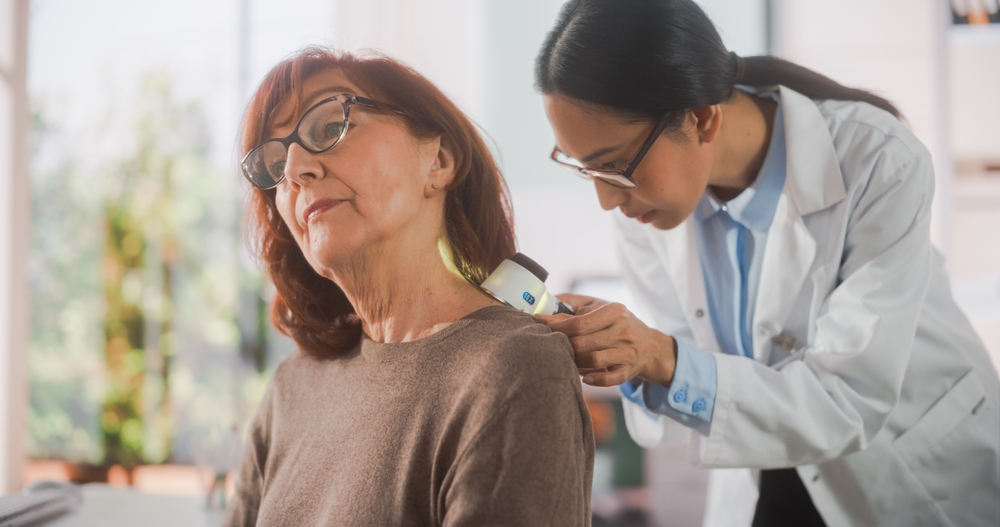
Miller is one of many women afflicted with skin cancer. This is, unfortunately, a rising trend, especially among Caucasian women. The American Academy of Dermatology compared cancer statistics from 1970 to 2009 for a woman between the ages of 18–39 and found that melanoma statistics have increased by 800%.
Melanoma is the most fatal form of skin cancer and the second most common cancer found in young women. Other forms of skin cancer, known as non-melanoma skin cancers include basal cell and squamous cell carcinomas. Their rates have shot up as well, by 145% and 263% respectively.
“Because there’s a delay between UV exposure and when skin cancer appears, most women don’t think it will happen to them,” says board-certified dermatologist M. Laurin Council, MD, FAAD, FACMS, and an associate professor of dermatology at Washington University in St. Louis. “This data reveals the disproportionate rise in the number of skin cancers in women and the need for further education regarding UV exposure.” [1]
Read More: ‘When I Got Cancer, Everyone Brought Food. I Finally Told Them what I Really Wanted’
Outside Without Sunblock
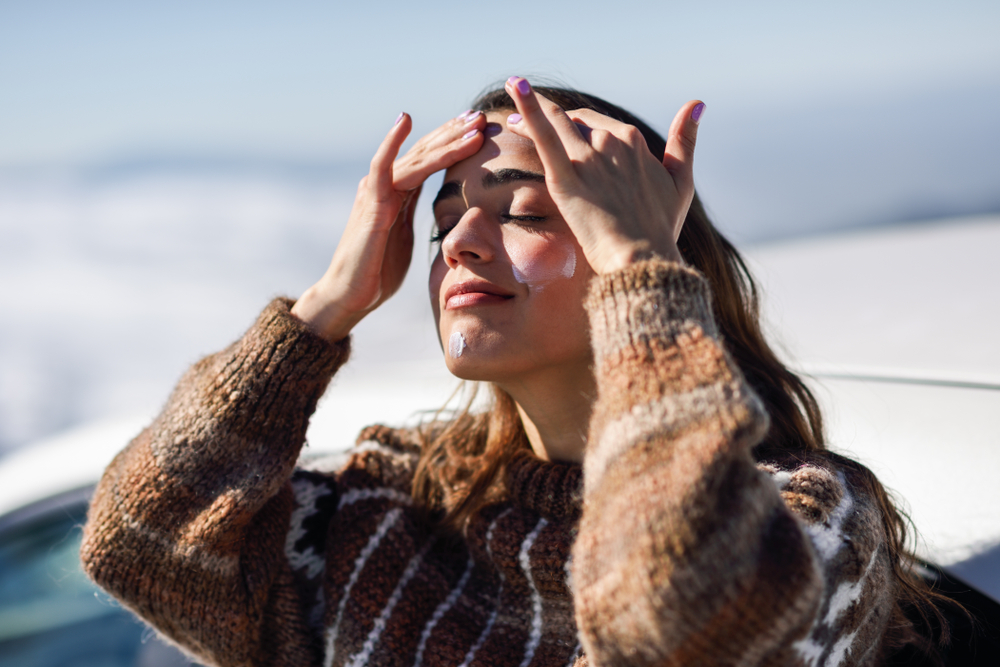
When Miller was nine, she fell in love with tennis and played it throughout high school and most of college. She was “constantly outside” playing, but was less consistent when it came to sunscreen. “I applied it more to my face and shoulders,” she says. However, without visors or sunglasses, the skin around her eyes was left unprotected. “I wore a hat a little bit. I didn’t really care for them,” she adds.
Protecting the Eyes
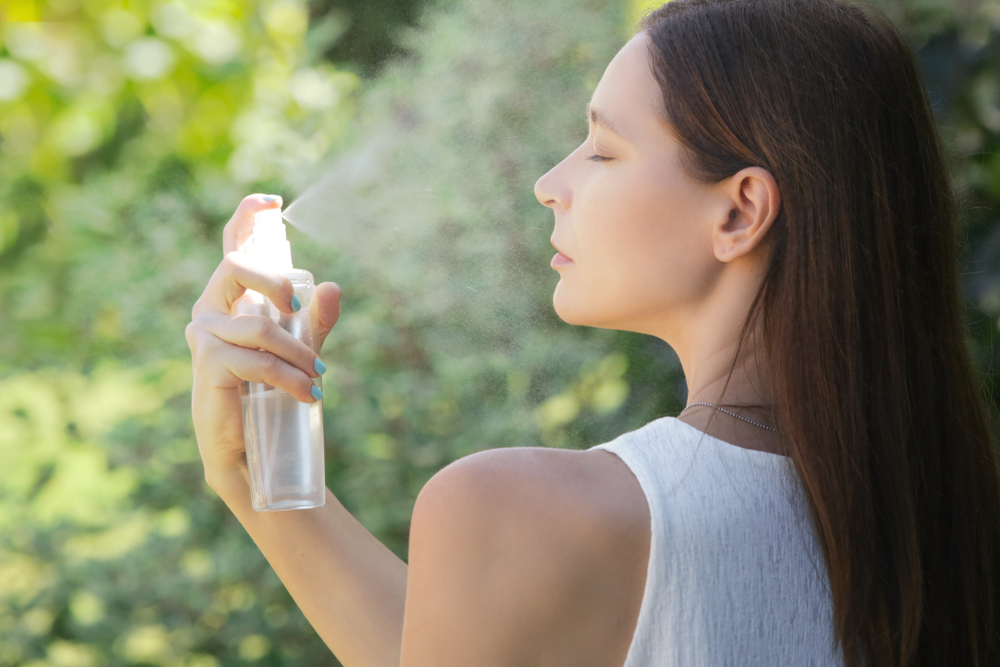
The doctor who treated Miller, Dr. James Chelnis, an oculoplastic surgeon at New York Eye and Ear Infirmary of Mount Sinai, says he often treats patients with cancer near their eyes because they neglect to protect that area. “Around the eyes, you are not typically putting a heavy dose of sunblock and it is exposed,” he says. “It is true that a hat and sunglasses do help. But it is important to pick the right sunblock.”
He recommends sunscreens with zinc oxide and titanium dioxide, which are strong sun blockers and offer more protection than other varieties. [2] No matter what brand people choose, Chelnis urges them to put the sunscreen around their eyes and on their eyelids. “Protecting yourself still matters,” he says. “Sunblock is a staple of skincare.”
In the past, he has treated patients with cancer on their eyelids. They had never thought about protecting their eyes before, thus allowing cancer to develop. “I have performed surgery where they have had cancer on the entire eyelid,” he says. In rare cases, he has had to remove the entire eyelids to stop cancer, but that process can lead to other complications. [3] “The eye is a really unique structure,” he says. “It’s difficult to appreciate that such a small part of your body can have such a large impact on health and overall functioning.”
Read More: 6 Beverages With Anti-Cancer Properties
Treating Cancer Close to the Eye
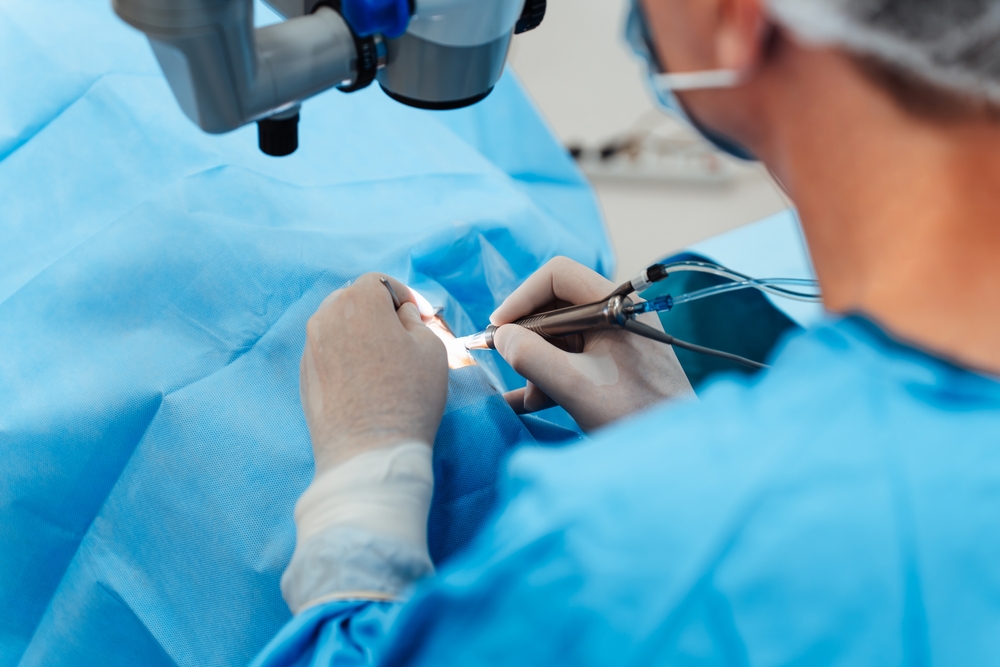
When Miller first received her diagnosis, she was understandably worried. “I was grading my kids’ math final. I went into the other room and started saying the ‘f word’ a lot,” she says. “I am very much a logical person. I thought ‘What are my next steps?’”
She began to research treatment options, and they were not clear-cut. Since the blemish was so close to her eye, its removal provided an extra challenge. Not only did there have to be clear margins in the tissue under her eye, but it also had to be extracted and the skin closed without leaving an ugly scar. On June 20, she underwent an operation to remove the spot. The next day, Chelnis performed reconstructive surgery on her.
“What can look like small cancer can actually have spread to a bigger area,” he explains. A few weeks later, Miller’s scar is already healing. Now, she is diligent about UV protection. She lathers herself in sunscreen and wears both hats and sunglasses when she goes out. “My face does not get sun,” she said. “I tell everyone to wear sunscreen all the time. I tell them it is not worth it. “The stigma around seeing sunscreen on someone is outdated. Sunscreen is sexy.” [4]
Taking Sun Protection Seriously

Dr. Council recommends parents talk with their children about limiting sun exposure, which is the simplest way to prevent skin cancer and to teach them sun-safe habits, such as:
- Seeking shade when possible, especially during 10 a.m. and 2 p.m. when the sun is strongest
- Wearing protective clothing, like light, long-sleeved shirts, pants, and wide-brimmed hats and sunglasses
- Religiously applying broad-spectrum, water-resistant sunscreen with an SPF of at least 30
- Avoiding the use of indoor tanning beds
“Everyone should be happy with the skin they were born with and protect it,” says Dr. Council. “Some skin cancers are treatable with surgery, but others are more advanced and maybe deadly. It’s important that we modify risky behaviors such as UV exposure to prevent the occurrence of skin cancer.” [1] When shopping for sunblock look for something that is high quality and natural, it should use non-nano zinc oxide. There are varieties for everyone, including adults, children, and baby!
Read More: Do Vitamin B12 Supplements Cause Acne, Bone Fractures, and Lung Cancer?
Sources
- MJ Munsters, WH Saris. Effects of meal frequency on metabolic profiles and substrate partitioning in lean healthy males. https://www.ncbi.nlm.nih.gov/pubmed/22719910 June 13, 2012
- Asia Pacific Journal of Clinical Nutrition. Trends in Chinese Snacking Behaviors and Patterns and the Social-Demographic Role between 1991 and 2009 https://www.researchgate.net/publication/224051671_Trends_in_Chinese_Snacking_Behaviors_and_Patterns_and_the_Social-Demographic_Role_between_1991_and_2009 June 2012
- Shubroz Gill. A Smartphone App Reveals Erratic Diurnal Eating Patterns in Humans that Can Be Modulated for Health Benefits https://www.cell.com/cell-metabolism/fulltext/S1550-4131(15)00462-3
- September 24, 2015[4] Dr. Jason Fung. The Critical Importance of Time Restricted Feeding in Weight Loss https://medium.com/@drjasonfung/the-critical-importance-of-time-restricted-feeding-in-weight-loss-fe1dad80d279 May 30, 2018
